How To Open Monopod?
To open a monopod, simply extend the sections of the monopod by loosening the locking mechanisms, usually twist locks or flip locks, and then pull the sections out to the desired length. Make sure to tighten the locks securely to hold the monopod in place. Some monopods may also have a release button or lever that needs to be pressed or flipped to allow the sections to extend.
1、 Monopod Components
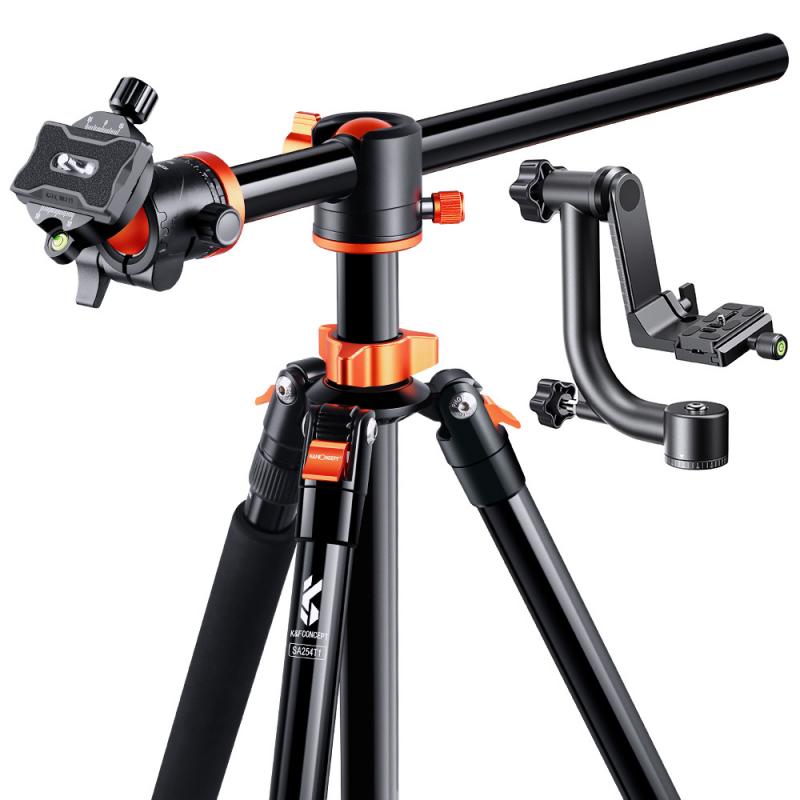
To open a monopod, follow these steps:
1. Unlock the monopod: Most monopods have a twist-lock or flip-lock mechanism to secure the sections in place during use. Twist or flip the locks to release the sections and extend the monopod to your desired height.
2. Extend the sections: Gently pull each section of the monopod to extend it to the desired length. Be careful not to pull too hard, as this can cause damage to the monopod.
3. Lock the sections: Once the monopod is extended to the desired height, twist or flip the locks to secure the sections in place.
4. Attach the camera: If you're using the monopod for photography or videography, attach your camera or smartphone to the monopod using the appropriate mount or adapter.
5. Adjust the angle: Many monopods have a swivel or tilt head that allows you to adjust the angle of the camera. Use this feature to position the camera as needed.
6. Check stability: Before using the monopod, ensure that it is stable and secure. Adjust the legs or base if necessary to prevent the monopod from tipping over.
From a latest point of view, some monopods now come with advanced features such as Bluetooth connectivity for remote control, built-in leveling systems, and lightweight carbon fiber construction for increased portability. These features enhance the user experience and make monopods more versatile for various photography and videography needs.
2、 Extending the Monopod

To open a monopod, you can follow these steps:
1. Unlock the monopod: Most monopods have a locking mechanism at the base. Twist or unlock this mechanism to release the sections of the monopod.
2. Extend the monopod: Once the monopod is unlocked, you can extend the sections by pulling them out gently. Some monopods have multiple sections that can be extended to different lengths.
3. Lock the monopod: After extending the monopod to your desired height, make sure to lock the sections in place to prevent the monopod from collapsing during use.
4. Attach your camera: Once the monopod is fully extended and locked, you can attach your camera or other equipment to the top of the monopod using the mounting plate or screw.
5. Adjust the angle: Depending on the type of monopod, you may be able to adjust the angle of the camera by tilting the monopod head or using a ball joint.
As for the latest point of view, with the advancement of technology, some monopods now come with features such as Bluetooth connectivity, remote control, and smartphone compatibility, making them more versatile and user-friendly. Additionally, some monopods are designed to be lightweight and compact, making them ideal for travel and outdoor activities. Always refer to the manufacturer's instructions for specific details on how to open and use your monopod effectively.
3、 Securing the Camera
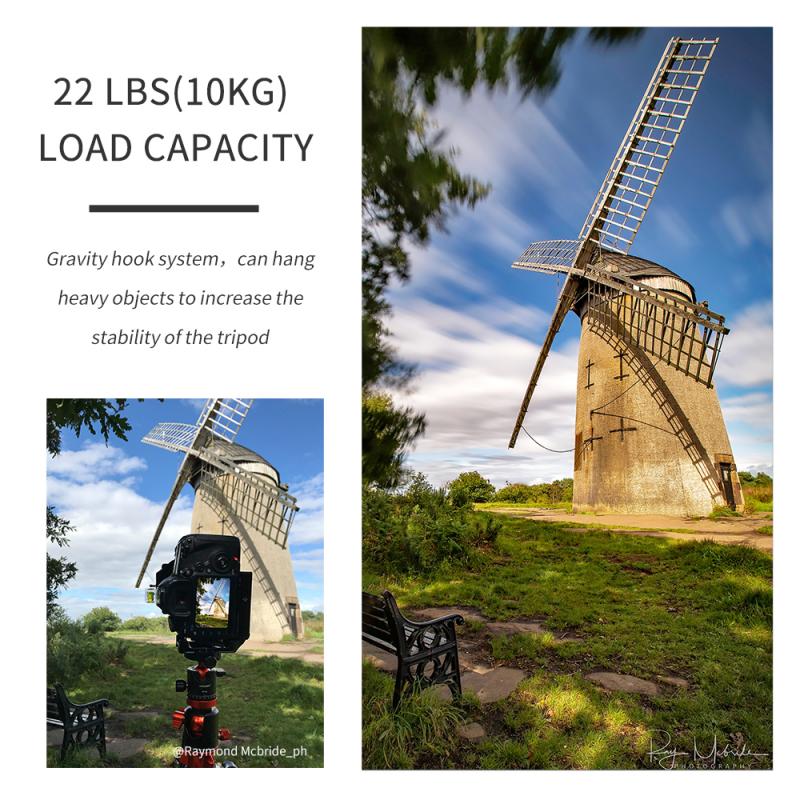
To open a monopod, follow these steps:
1. Hold the monopod with one hand and loosen the locking mechanism with the other hand. Most monopods have a twist-lock mechanism, so rotate the sections of the monopod in a counter-clockwise direction to loosen them.
2. Extend the monopod to the desired height by pulling the sections outwards. Make sure each section locks into place by rotating the twist-lock mechanism in a clockwise direction.
3. Once the monopod is fully extended, tighten the locking mechanism to secure the sections in place.
Securing the camera on a monopod is crucial to ensure stability and prevent any accidental falls. To secure the camera, follow these steps:
1. Attach the camera to the monopod using a compatible mounting plate or screw. Make sure the camera is securely fastened to the monopod to prevent any wobbling or movement.
2. Adjust the tilt and pan of the camera to the desired position using the monopod's head or ball joint. This allows for flexibility in capturing different angles and perspectives.
3. Double-check the stability of the camera by gently nudging it to ensure it is securely attached to the monopod.
The latest point of view on securing the camera on a monopod emphasizes the importance of using a quick-release plate system for efficient and secure attachment of the camera. This system allows for easy and rapid mounting and dismounting of the camera, providing convenience and flexibility for photographers and videographers. Additionally, advancements in monopod design have led to the integration of advanced locking mechanisms and ergonomic features, enhancing the overall stability and security of the camera on the monopod.
4、 Adjusting the Monopod Height
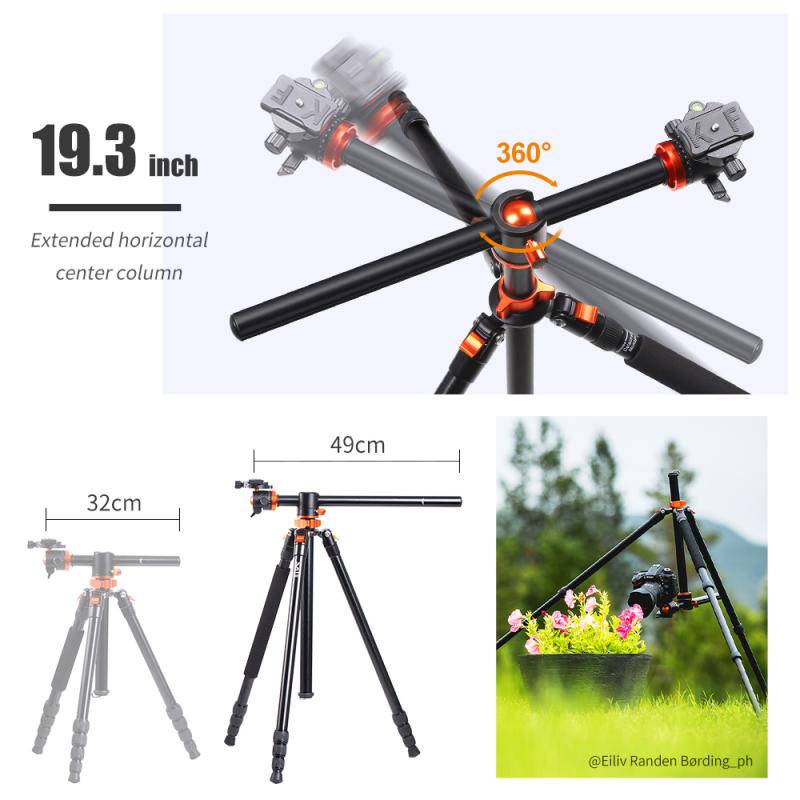
To open a monopod, follow these steps:
1. Unlock the monopod: Most monopods have a twist-lock mechanism or flip-lock mechanism to secure the sections in place. Twist or flip the locks to release the sections.
2. Extend the sections: Pull the sections of the monopod outwards to extend it to the desired height. Some monopods have multiple sections that can be extended individually.
3. Lock the sections: Once the monopod is at the desired height, twist or flip the locks to secure the sections in place.
Adjusting the monopod height is essential for achieving the right shooting angle and stability. To adjust the monopod height, follow these steps:
1. Unlock the monopod: Release the twist-lock or flip-lock mechanism to allow the sections to move.
2. Adjust the height: Extend or retract the sections of the monopod to achieve the desired height. Make sure to maintain a firm grip on the monopod while adjusting the height.
3. Lock the sections: Once the monopod is at the desired height, secure the sections in place by twisting or flipping the locks.
The latest point of view on adjusting the monopod height emphasizes the importance of finding a balance between stability and flexibility. It's crucial to adjust the monopod to the right height for the specific shooting situation, whether it's capturing a low-angle shot or reaching a higher vantage point. Additionally, advancements in monopod design have led to more ergonomic and user-friendly height adjustment mechanisms, making it easier for photographers and videographers to achieve the perfect height with minimal effort.

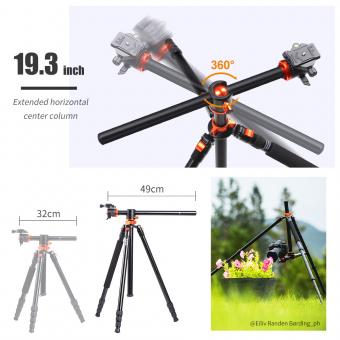

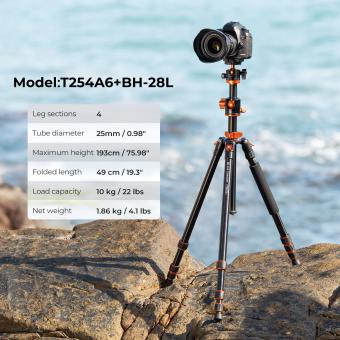


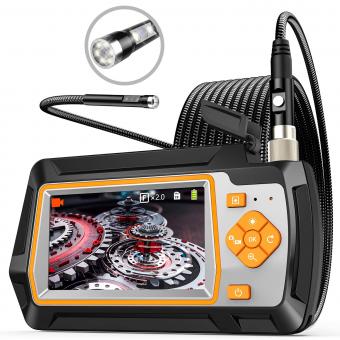
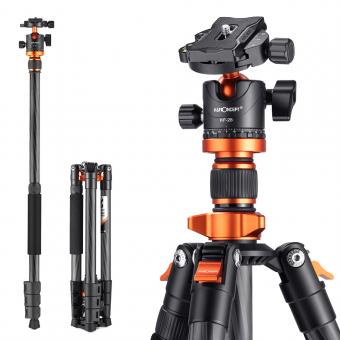







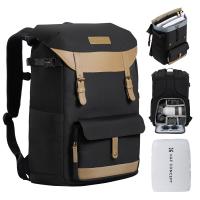



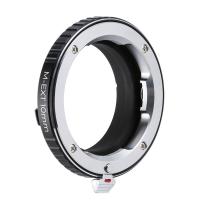

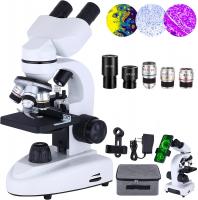
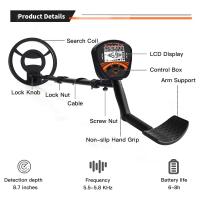

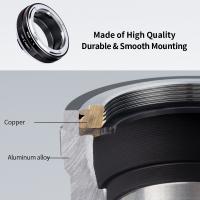
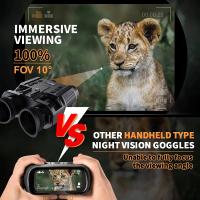

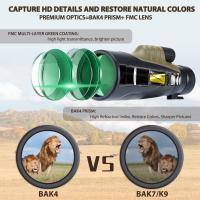
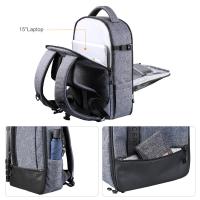
There are no comments for this blog.